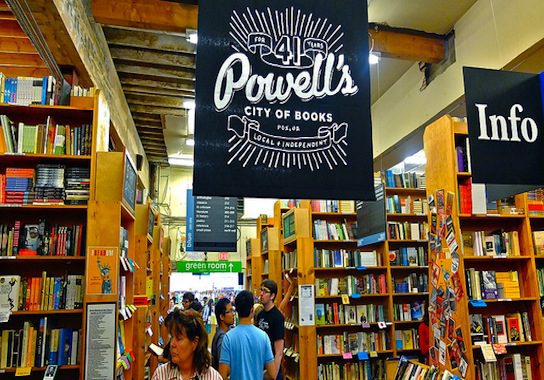The Promise of Ebay’s Pro-Retail Same Day Delivery

When Amazon rolled out its plan to offer same-day delivery, Farhad Manjoo (now of the WSJ) heralded the moment as the death of local retail. Who, after all, would take the time and effort to track down a purchase in the physical aisles of a superstore when “the everything store” would send it to your doorstep courtesy of FedEx? As the New York Times reported yesterday, there appears to be a third way.
Amazon has spent the past couple years laying out hundreds of millions of dollars to build distribution centers across the country to facilitate its expedited delivery program. As Manjoo described last year,
Amazon is investing $130 million in new facilities in New Jersey that will bring it into the backyard of New York City; another $135 million to build two centers in Virginia that will allow it to service much of the mid-Atlantic; $200 million in Texas; and more than $150 million in Tennessee and $150 million in Indiana to serve the middle of the country. … In total, Amazon will spend $500 million and hire 10,000 people at its new California warehouses.
All told, that’s $1.2 billion and change to establish warehouses coast-to-coast. It is also a dramatic shift in Amazon’s business model, as there is no way to get out of collecting sales tax when you have enormous business operations in a state, neutralizing one of its long-standing advantages over brick and mortar retailers. The “immediate gratification” push is thus more than an incremental step in services offered; it’s a bet on the future of the company.
Yet as Amazon starts to set up shop by concentrating stores of purchaseables in the proximity of major cities, others, including online auction giant eBay, are realizing that local concentrations of salable items already exist: namely, in stores. According to the logistics VP of same-day delivery start-up Deliv, “Organizations like Sears and Walmart have inventory within five miles of 95 percent of the American population via their brick and mortar stores.”
The NYT tells the story of Karen Horowitz, a Manhattan mother in need of fresh diapers and a new changing table pad while watching her 5-week-old baby sleep. Rather than waking her newborn up, dressing her, and dragging her downtown to buy the needed supplies, Ms. Horowitz logged onto eBay Now. For a $5 fee, eBay dispatched to Babies “R” Us a young courier who bought the supplies with a company card and biked them up to Ms. Horowitz’s apartment. All within one hour.
This business model has been tried once before, and it failed in spectacular fashion. Every story about this rising trend will reference Kozmo, the online delivery service (actually partly Amazon-funded) that rose in 1999 promising a new revolution in online shopping, and fell apart as one of the most prominent failures of the dot-com bubble. Kozmo could not find a workable business model in time, as it required no minimum purchase and charged no delivery fee, instead skimming a bit off the sale. Even with its $25 minimum purchase and (soon to be waived for the holidays) $5 fee, it is hard to imagine eBay is making any money off of the enterprise.
What’s more, even as Amazon’s sales tax dodging advantage disappears, it maintains a price advantage from a business model that doesn’t require profits. For the brick and mortar businesses of the retail sector, however, any hope of competing with the Bezos buzz saw makes for a welcome change of pace.
Comments